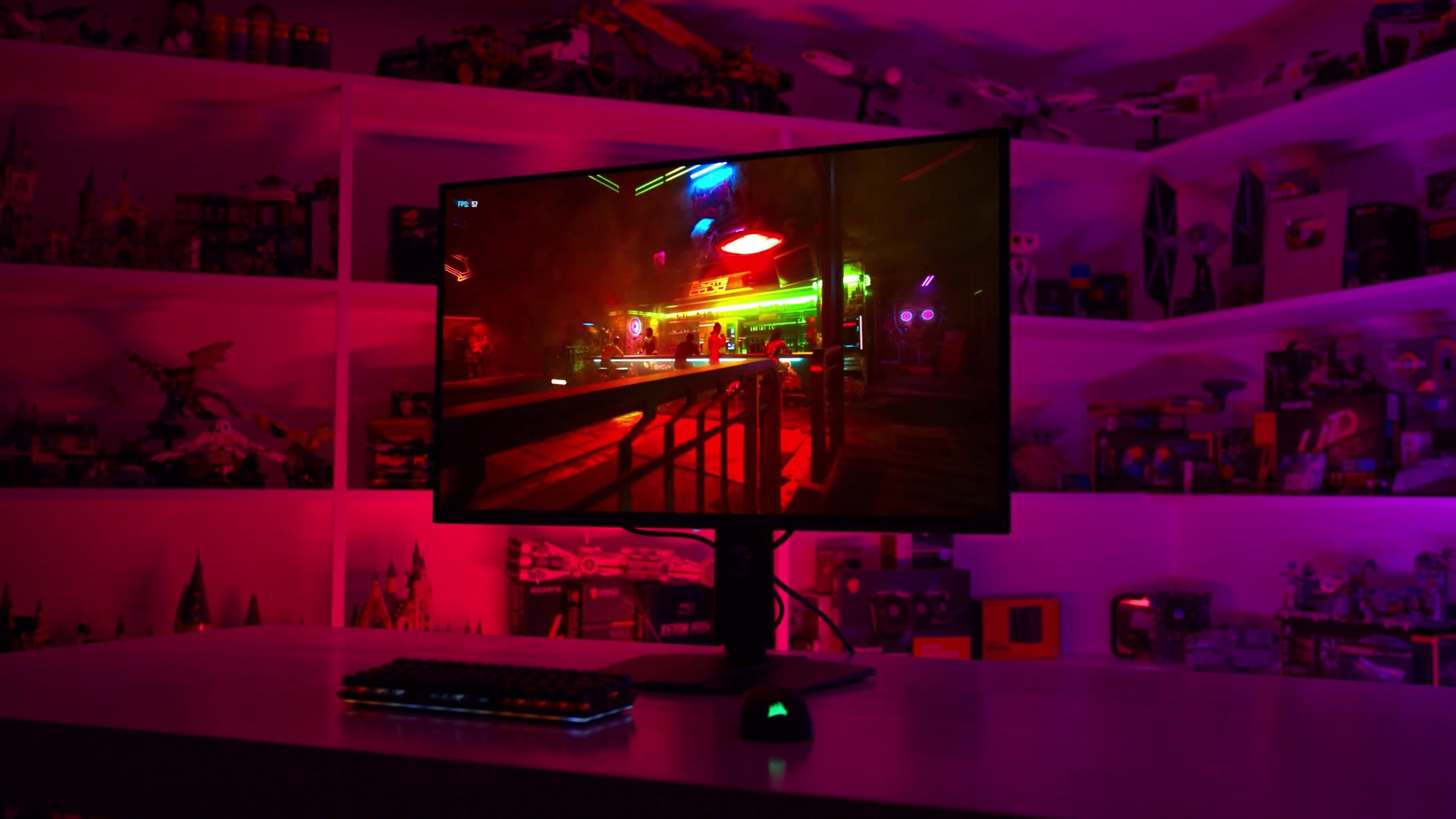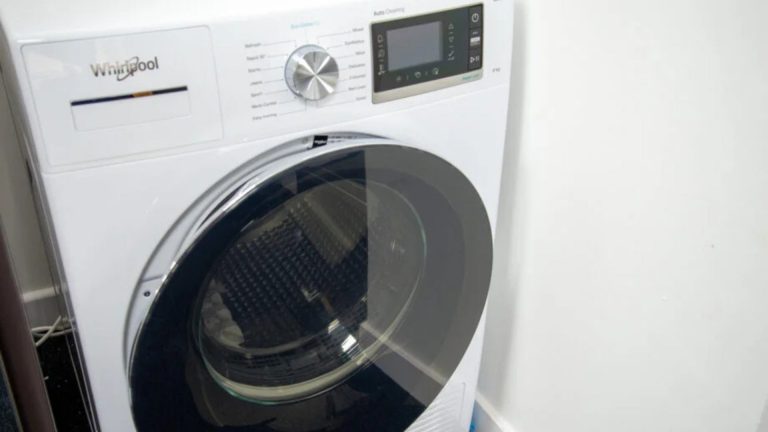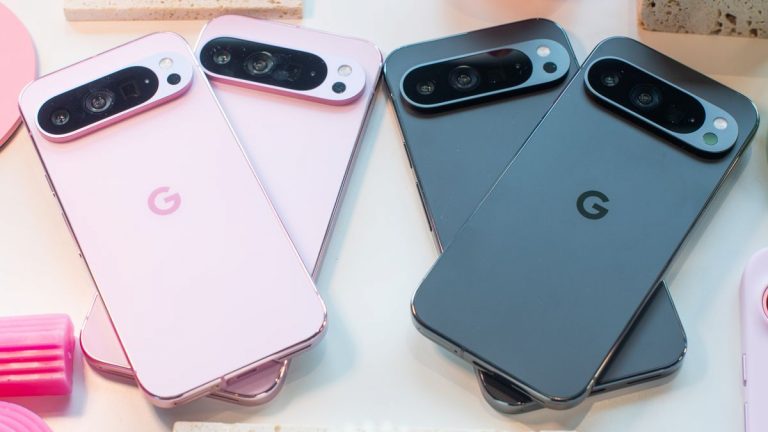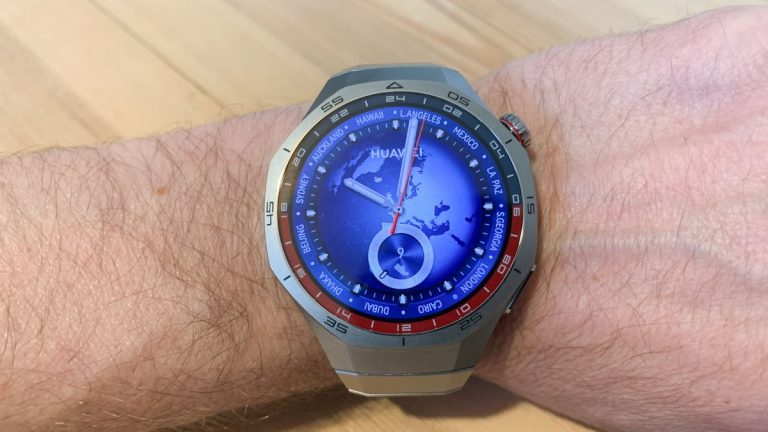Six-Month OLED Burn-In Test Results: Long-Term Performance and Durability

So, I’ve been using the MSI MPG 321URX QD-OLED as my primary productivity monitor for the past six months, and it’s time to check in on how the panel is holding up in terms of burn-in. I’ve been pushing this monitor to its limits, using it for 8 hours a day, sometimes with no breaks, and I’ve seen some interesting results.
If you’re new to this series, I recommend checking out the previous updates to get an idea of how I’ve been using this monitor and why I chose the MSI 4K 240Hz QD-OLED gaming monitor as my workstation display. In a nutshell, I’m trying to simulate a worst-case scenario for OLED longevity, using the monitor in a way that’s not ideal for its technology.
After one month of use, I saw no signs of burn-in, which was expected. By the three-month mark, I started to notice some faint signs of burn-in, and by six months, I’ve seen some noticeable degradation. But before we dive into the results, let me give you some context.
I’ve been using this monitor for around 1,200 to 1,500 hours, and it’s run 141 compensation cycles. For reference, the recommended rate for panel protection cycles is every four hours, so I’m running at a much lower rate than ideal. This is a realistic scenario for someone using this display for full-time work, especially if you don’t put the monitor to sleep during breaks.
Now, let’s take a look at the burn-in results. I’ve included some before-and-after shots to give you an idea of how the panel has held up. For the darkest greys, there’s not much difference between each of the months, with burn-in not significantly affecting deep shadows. However, a few steps up the greyscale range, and you can see a faint line down the center of the display, with little to no difference between the three and six-month examples.
So, what does this mean for you? Well, if you’re a heavy productivity user, I would still advise against using OLED for your primary display. However, if you’re primarily buying these screens for gaming, the results aren’t too bad. And if you’re willing to take some steps to mitigate burn-in, such as enabling dark mode and avoiding running the monitor at 200 nits, you could likely extend the lifespan of your OLED display.
I’ll continue to monitor the burn-in progress and provide further updates in the coming quarters.





